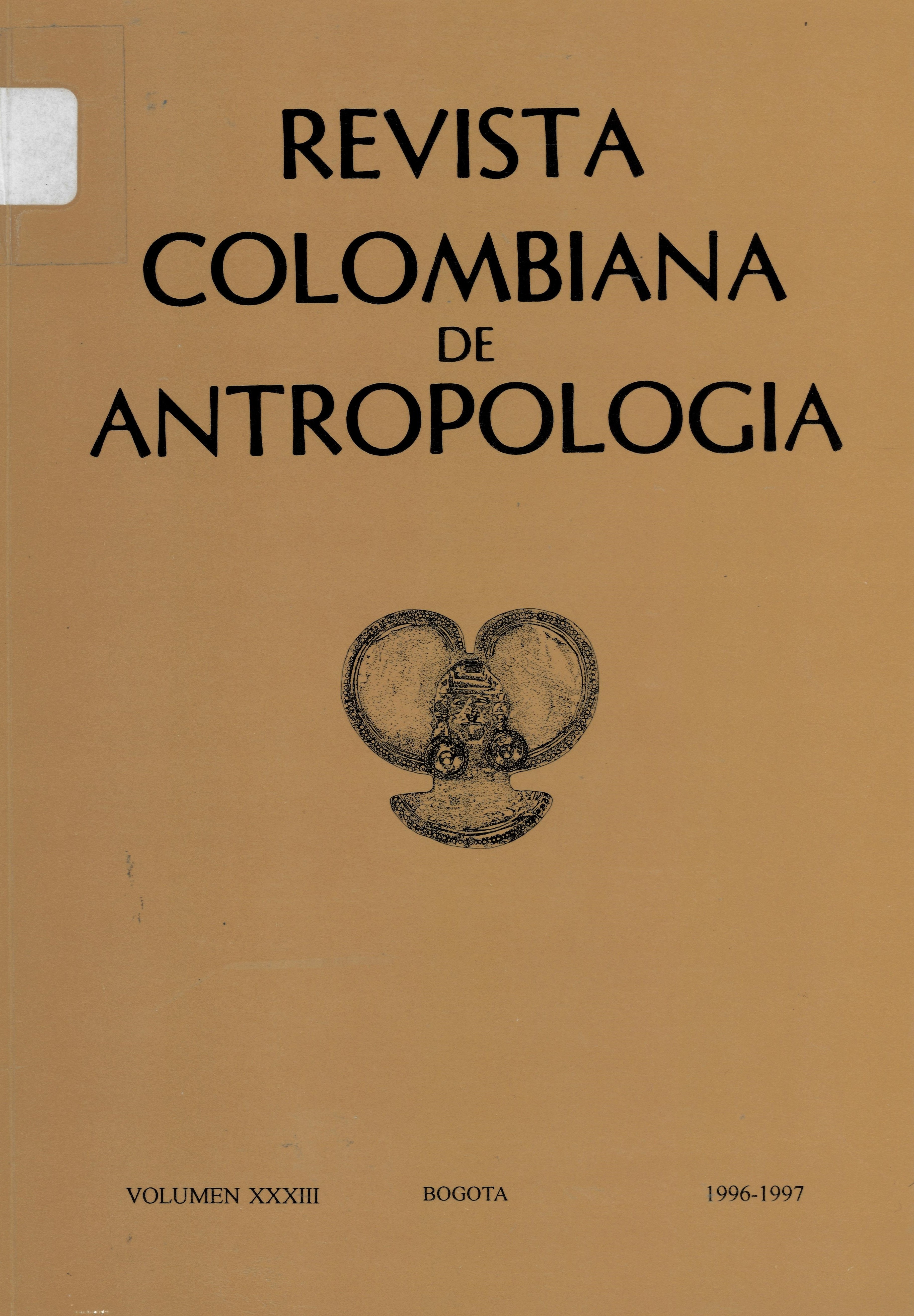Archaeological Patterns of Socio-Ethnic Difference in New Spain: Urban and Rural Contrasts
DOI:
https://doi.org/10.22380/2539472X.1343Keywords:
.Abstract
The impact of Spanish colonial domination on the indigenous societies of Mesoamerica is reflected in the composition of towns and villages where new method, of economic, political and ideological control break, to some extent,, with prehispanic traditions. Historic archaeology gives us the opportunity of studying the processes of change and integration which took place during the colonial period, as reflected ln the use of space and in the pattern of distribution of consumer goods. In both urban centres and rural settlements, there are marked social and ethnic contrasts between the different sectors of the population. One way in which the archaeological record reflects the differences in the position of the indigenous population, socially deprived as a result of the Spanish conquest, and their new masters, both Spanish and criollo is reflected in their diferential access both to pottery imported from Europe and to that made to Spanish specifications in central Mexico. The appearance in the virreinato of hybrid styles incorporating decoration, shapes and technology from the new and the old populations, testifies to the social interaction between the subject and the ruling populations as well as to the development of new styles peculiar to this society in formation.
Downloads
References
Acuña, René (ed.) 1985 Relaciones Geográficas del siglo XVI: México. Tomo I Universidad Nacional Autónoma de México, México.
-, 1986 Relaciones geográficas del siglo XVI: México. Tomo II. Universidad Nacional Autónoma de México, México.
Barlow, Robert H.1989 Tlatelolco. Fuentes e historia. Obras de Robert H. Barlow, vol.2, ed. por J. Monjarás-Ruíz, E. Limóin y M. de la C. Paillés. Instituto Nacional de Antropología e Historia, Universidad delas Américas, México.
Berlin, Heinrich y Robert H. Barlow (comp.)1980 Anales de Tlatelolco y Códice. de Tlatelolco. Ediciones Rafael Porrúa, S.A. México.
Broda, Johanna 1979 Las comunidades indígenas y las formas de extracción del excedente: Época prehispánica y colonial. En Ensayos sobre el desarrollo económico de México y América Latina (1500-1975),ed. por E. Florescano, pp. 54-92. Fondo de Cultura Económica, México.
Carballal, Margarita, J. Cervantes, T.H. Charlton, M. Flores, P. Fournier y C. Otis-Charlton En preparación -Tlatelolco. Proyecto SRE. Análisis de materiales cerámicos prehispánicos e históricos. M s. Informe presentado al Consejo de Arqueología. Subdirección de Salvamento Arqueológico-Escuela Nacional de Antropología e Historia. Instituto: Nacional de Antropología e Historia, México.
Cervantes de Salazar, francisco 1978 [ 1554] México en 1554 y Túmulo imperial. "Sepan Cuántos ... " Núm.25. Editorial Porrúa, S.A. , México.
Charlton, Thomas H. 1979 Historical archaeology in the Valley of Mexico. Proceedings of the Xlll international Congress of Americanists 8:21-33.
-.1986 Socioeconomic dimensions of urban-rural relations in the Colonial Period Basin ofMexico. En Ethnohistory, Supplement to the Handbook of Middle American lndians, vol. 4, ed. Por R. Spores, pp. 12-; -133. University of Texas Press, Austin.
Charlton, Thomas H. y P. Fournier 1993 Urban and rural dimensions of the contact period. Central Mexico, 1521 - 1620. En Ethnohistory and Archaeology: Approaches to Postcontact Change in the Americas. ed. by J. Daniel Rogers y S.M. Wilson, pp. 201 -220. Plenum Press, New York. DOI: https://doi.org/10.1007/978-1-4899-1115-5_12
-. 1994 Tlatelolco and La Traza: Divergent routes after the conquest.Ponencia inédita presentada en la 1994 Conference on Historical and Underwater Archaeology. Vancouver, Canada.
Departamento del Distrito Federal 1983 La Ciudad de México antes y después de la conquista. Colección: Distrito Federal 2. Departamento del Distrito Federal, México.
Fournier, Patricia 1983 Evidencias arqueológicas de la producción de cerámica en México, con base en los materiales del exconvento de San Jerónimo. Colección Científica del INAH 213, Instituto Nacional de Antropología e Historia, México.
Fournier, Patricia y Thomas H. Charlton 1993 Las colecciones de mayólica procedentes del Templo Mayor. Ms. Informe preliminar presentado al Dr. Eduardo Matos Moctezuma. Archivo del Proyecto Templo Mayor del Instituto Nacional de Antropología e Historia, México.
Gibson, Charles 1980 Los aztecas bajo el dominio español. 1519-1810. Siglo XXI Editores, S.A., México.
Gómez de Orozco, Federico 1983 El Mobiliario y la Decoración, en la Nueva España en el Siglo XVI. Universidad Nacional Autónoma de México. México.
González Rul, Francisco 1988 La cerámica de Tlatelolco. Colección Científica del INAH 172. Instituto Nacional de Antropología e Historia, México.
Kubler, George 1982 Arquitectura mexicana del siglo XVI. Fondo de Cultura Económica, México.
Lockhart, James 1992 The Nahuas after the conquest. Stanford University Press, Stanford, California.
Maldonado López, Celia1988 La Ciudad de México en el siglo XVII. Colección: Distrito Federal 21. Departamento del Distrito Federal, México.
Moreno Toscano, Alejandra 1976 El Siglo de la Conquista. En historia General de México, Vol.2, pp. 1 Á 81 . El Colegio de México, México.
Paso y Troncoso, Francisco del 1905 Papeles de Nueva España. Tomo III. Descripción del Arzobispado de México. Manuscrito Je/ Archivo de Indias en Sevilla. Año 1571. Est. Tipográfico:5 "Sucesores de Rivadeneyra”, Madrid.
South, Stanley 1990 From thermodynamics to a status artifact model: Spanish Santa Elena. En Archaeological and historical perspectives on the Spanish borderlands. Culumbian Consequences, vol. 2, editado por D.H. Thomas, pp. 329-341. Smithsonian Institution Press, Washington, D.C.
Valero de Garcia de Lascurain, Ana R.1991 Solares y conquistadores. Orígenes de la propiedad en la ciudad de México Colección Divulgación, Instituto Nacional de Antropología 1..: Historia, México.
Wllson, Douglas C. 1994 ldentification and. assesment of secondary refuse aggregates. Journal of Archaelological Method and Theory 1 ( 1 ):41-68. DOI: https://doi.org/10.1007/BF02229423




















